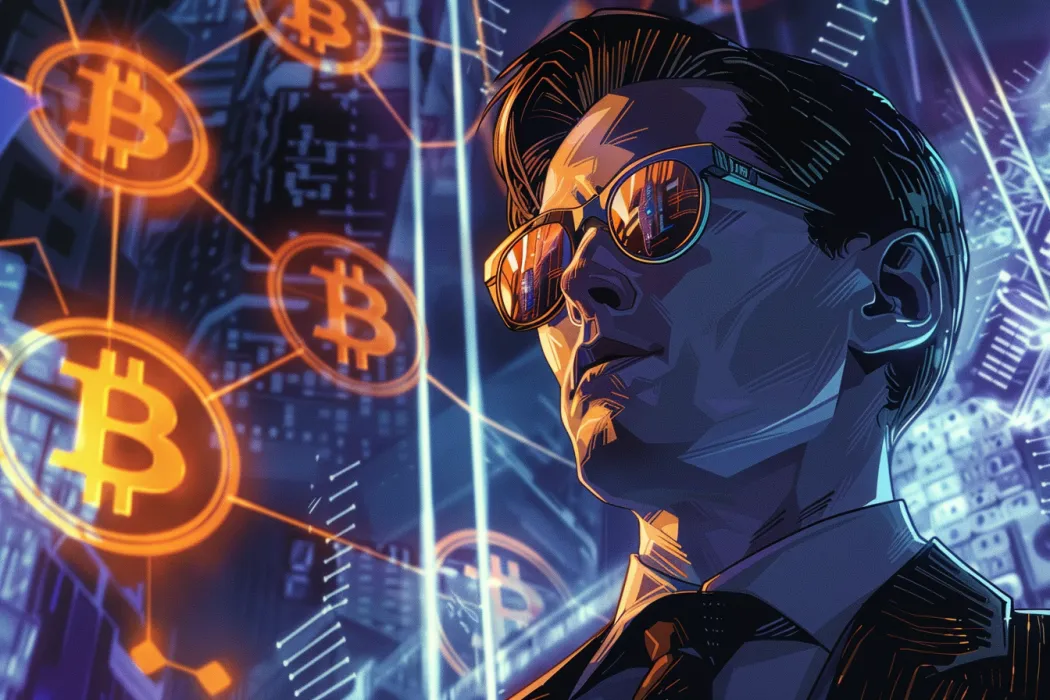Table of Contents
We’ve all heard that enticing tagline – NFTs allow you to completely own your precious cartoon animals without any interference from pesky third parties. But while NFTs can establish provenance on a blockchain via their metadata, whether or not their owners are entitled to the ownership rights of their assets isn’t always spelt out clearly.
For example, the licence for CryptoKitties permits the owner of the NFT to commercialise the “kitty”, provided that such commercial use does not result in earnings of more than US$100,000 per year. The licence for NBA TopShot grants the owner of the “moments” a licence to “use, copy, and display” that moment, but does not permit the owner to “reproduce, distribute, or otherwise commercialise” the moment.
Therefore, while NFT holders may be able to point to their name on a blockchain and brag that an NFT is theirs, the rights they “own” in the NFT may be something less than the traditional notion of ownership.
We asked an IP lawyer if we’ve all been duped into believing that NFTs are the ultimate proof of “ownership”.
“Part of the quagmire of information dealing with NFTs is that at the very first outset when it was made available to the public, it was not made clear as to what’s being sold. What’s being sold is nothing tangible,” said the lawyer Blockhead spoke to, who declined to be named.
“The funny thing is that most people didn’t know what they were paying for. If I can use the example of Bitcoin, in essence it’s just a string of code. A string of code is just electronic information. When you buy a Bitcoin, you don’t own a coin. You don’t own any specific currency. You just own a right to what that line of code says you own,” he told Blockhead.
According to him, the problem with NFTs is that their proponents have failed to clearly clarify to the public what is an NFT, because they don’t want the public to know that actually, all they have is just a code pointing to a particular piece of information, which can be any type of information.
“A lot of the sites that were selling these NFTs are not selling you the image, it just tells you that you now have this code that is owned by you, but this code only points you to this thing,” he clarified.
The lesser-known origin of cryptocurrencies and NFTs
The lawyer, who teaches the subject of IP law at a local university, highlighted that what’s similar between cryptocurrencies and NFTs is asymmetric cryptography – which has been around for over 20 years (before the creation of Bitcoin). Asymmetric cryptography was a solution to a problem – how to secure communications between two endpoints. And the idea of securing communication between two endpoints is so that no one else can hear it and open it.
The way it works is that if a user holds a private key, and publishes that to the whole world, then anyone can send them a message encrypted with my public key, which the user can decrypt it with the private key, and anyone with the public key cannot open it up with any other private key.
“The essence of asymmetric cryptography is security. I taught that as a subject believing that in the near future when it happened, systems on our emails would adopt asymmetric cryptography to secure our electronic communications but as it appears, it was not necessary because people didn’t really care about that level of security for business communication and private communication.”
“It’s a very niche market that didn’t flourish as a technology. It lay dormant looking for a purpose. So asymmetric cryptography is just a solution looking for a problem. And now they decided that we can actually apply this to create a product and that’s how you got cryptocurrencies,” he continued.
“And then someone bought out the idea – why stick with only bitcoin and other cryptocurrencies? Why can’t we use this to sell other things [NFTs]?”
Lawyers were baffled
The reason why NFTs didn’t make any sense to any lawyer is because of the lack of an actual transfer of any assets, he explained.
“You’re not buying that print. You’re not buying the image. You’re buying a link to an image which is why even very early in those days questions were already asked – when you sell me that link, are you selling me your photograph? Are you selling me your rights? All the content owners were saying: ‘No, I’m not selling you my rights. I’m not selling you the ownership of my image’.”
The connection between NFTs and intellectual property rights are not always going to be the same, he said. It all depends on what’s being conferred by the actual copyright owner.
“So when you’re buying an NFT you have to really read the terms and conditions of what you’re buying, because if you don’t read the terms and conditions of what you’re buying or bidding for, then by default all you’re getting is just a code.”
He gave the example of a photographer who sells an image of one of the volcanoes in Hawaii. The way it could work is if they put out this particular one image for auction, saying that whoever buys this NFT will also buy all its intellectual property rights. In this case, once it is handed over to the buyer, not only do they have the NFT, but they also have all its physical records, which are the raw files and even in writing that confers to the buyer all my intellectual property rights.
“In that situation, you’re buying the whole right over that one image. Nobody else has it. Then once it’s yours, you can do whatever you want. You can make 1,000 copies and give it away you can make 1,000 copies of NFTs and sell it.”
Legal shenanigans surrounding smart contracts and the metaverse
According to the lawyer, contracts are just two parties coming together and understanding what they are agreeing to. For example, if you talk about smart contracts being created by automated systems, then when you buy a product from Amazon, that’s a smart contract because you’re dealing with a machine and not a person.
“But just because you’re dealing with a machine doesn’t make it any less of a contract. So from that context, it’s still legally binding,” he noted.
“It doesn’t matter that there’s no human being on the other side because law has gone through the evolution of acknowledging that systems are created to behave that way by humans, and therefore the system in its way of behaving, binds the party that controls the computer,” he explained.
But it’s not so straightforward when it comes to the law, and it’s nothing to do with the metaverse – the problem in dealing with cross-jurisdiction issues has been ongoing for years.
“In terms of legal recourse [in the metaverse], we still have that problem today (metaverse or not) because a lot of our contracts are out there in the cyber sphere, where we are not absolutely certain who has jurisdiction. Where does the contract occur? For example, Amazon and Google and their servers, they have mirrors here in Singapore. So if you bought something from Amazon and you contracted amazon.sg, the domain name says ‘sg,’ the server is in Singapore, the buyers are in Singapore and so logically Singapore law and courts should apply. That’s not going to stop Amazon from saying: ‘Oh, the right place to find this out is in America’. Because in the terms and conditions it mentions that American laws and courts will apply.”
“The question is to pick the right jurisdiction that will adjudicate the dispute fairly. It’s not a special question where the Metaverse has created a problem that has not been addressed before. It’s been around for years.”
Applying copyright and trademark law to virtual assets
Another issue the lawyer highlighted is the lack of IP protection that exists in the digital assets space. People are conjuring up virtual products in the metaverse that might look like an Hermès or a Louis Vuitton bag.
“Trademark law applies to those items because nowhere in a body of trademark law says that we exclude the virtual environment. It says that trademarks are basically representations of your trade, and associated with your trade is the goodwill and recognition of that mark. That mark doesn’t have to be on a piece of paper, a box, or a product. It can be virtual, in an environment, or on a screen. There have already been trademark fights owned by luxury brands who insist that no one can sell any product with their trademark on these virtual items. So IP law does apply,” he said.
“If I had it my way, I would ensure that Hermès issued me a digital URL to confirm that this was purchased from Hermès, and that this image would have the necessary watermarking to point to the virtual bag that I bought, so that I wouldn’t be able to make more copies of this. I can then sell this to my sister, where I transfer the right that I have over this virtual bag, which has a particular record,” he added, saying that he expects this to happen “in the very near future.”
He explained that what will happen in that world is that when brands are starting to sell virtual products, each virtual product will have a pseudo NFT. “In the sense that it’s not NFTs as we know it today, but the built-in asymmetric cryptography algorithm that prevents me from making more copies of it. And also because every copy will be on record somewhere to prove that I paid for it.”
But…no one wants to hear the truth
While the lawyer said he has been trying to highlight the dangers and pitfalls of how the space has been evolving, he said his warnings have so far fallen on deaf ears.
“Nobody wants to hear it. And I have been slammed left, right, and centre on several finance sites. Some have even told me that I’m uneducated and don’t know what I’m talking about,” the lawyer said.
“The question is, are you understanding certain forms of cryptocurrency at the level that you need to understand because some people think that they are not as risky as how I see them as risky. To me, some cryptocurrencies are mad risky, whereas some are really very good and deserve attention. But the more secure they are, the less likely they will give you a return,” he added.









